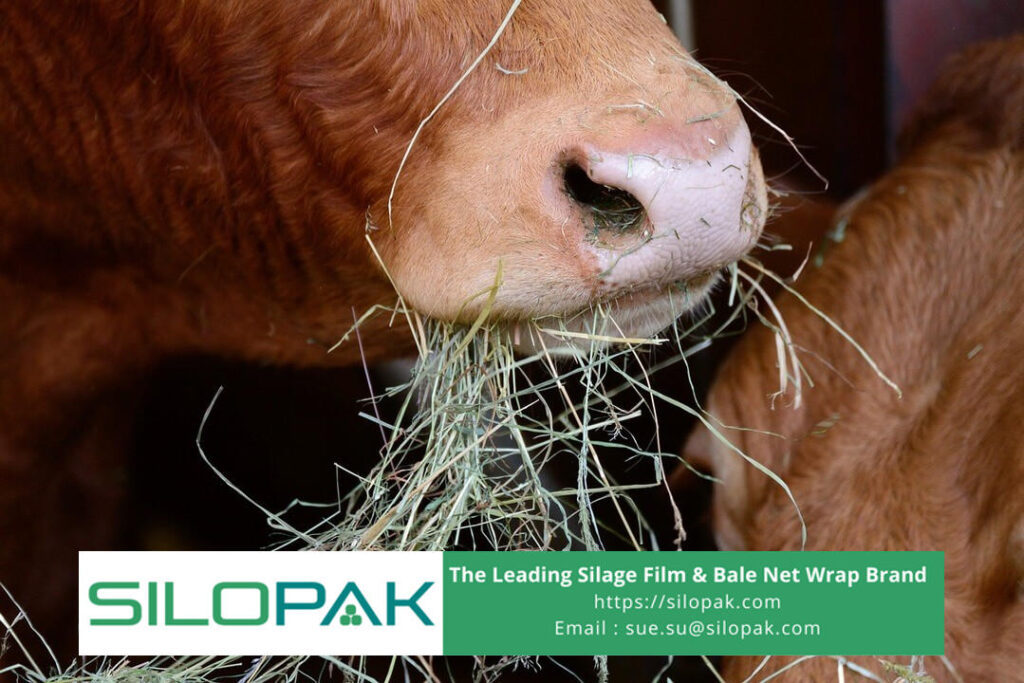
Do you know about plants whose flowers can be eaten? The plant is Sesbania grandiflora. Besides being consumed by humans, sesbania plant is also useful for livestock, you know. Especially ruminants. The leaf part of this plant can be used as feed which contains high nutrition. Good for the development of your livestock.
The use of animal feed made from this plant aims to save on feed costs. Saving feed is very much needed when someone does a livestock business. For this reason, livestock raw materials are needed that can save costs but still contain nutrients that are important for animal development. One of them is Sesbania plant.
contents
Description of Sesbania Plant
The Sesbania plant is a small tree in the Fabaceae family and is a legume plant. Plants with various benefits can grow well in the highlands and lowlands. Note, this tree is not good for planting in areas with an altitude of more than 1,500 meters above sea level. So, it is not uncommon for us to find this type of plant in various regions. Although included in a small tree, this plant has a height that reaches 8-10 meters.
This tree has flowers that start growing at the age of 7 months. This tree flowers all year round, so there is no need to wait for the season to harvest it. The flowers of this tree are mostly white. Can grow in the yard, rice fields, or plantations, with fertile soil. This tree can grow in areas that have acidic and watery soil.
Because it is a legume plant, this tree also produces fruit in the form of nuts. The fruit is pod-shaped. Sesbania pods hang on branches and are insulated. Has a length between 20-55 cm. The young pods are green, while the old pods are whitish yellow. The seed pods are elliptical and light brown.
How to Plant Sesbania Seeds
Sesbania seeds can be found on the market with an average height of 10-15 cm. At that height, the seedlings were still in polybag planting containers. When the seedlings are approximately 40 days old and reach a height of 30 cm, the seedlings can be transferred to the soil planting medium. Sesbania plant planting can be done in rice fields, namely by making holes. Plants are put into the hole and covered again with soil from the fields.
Planting in paddy fields can be done by giving a distance between trees of about 1-2 meters. Please note, planting sesbania in paddy fields will not inhibit rice growth. Because the leaves of this plant, if they fall to the ground, will fertilize the soil. The leaves of this plant have a high protein content.
Sesbania Leaf Benefits for Feeding
Feeding sesbania leaves to livestock has very good potential for development. Especially in ruminants and non-ruminants. Why is that? This tree, especially the leaves contains high crude protein for livestock nutrition. Crude protein is very necessary for livestock. because the substance plays a role in increasing weight and milk in livestock.
Sesbania tree crude protein content in fresh form is 36% and has a crude fiber content of 14% in the form of flour. In addition, this tree produces more energy when fed to livestock. The energy is more than the food from the Lamtoro, Calandra, and Gamal trees.
This feed is very well given to livestock that has a late pregnancy and at the beginning of lactation (the process of breastfeeding in children). Why is that? The nutrients contained are very necessary for young livestock, for growth and development, and for preventing death at an early age.
The benefits of adding weight to animals can be described as follows. If you give this tree feed as much as 2 kg to sheep, it will increase by 300% compared to giving it elephant grass feed. This also applies to giving to cattle. If feeding as much as 2 kg is mixed with straw, then the results will also be maximum.
How to Feed Sesbania to Livestock
Feeding sesbania plants to livestock can be fresh or in the form of flour. If feeding is in the form of flour, you need to mix it again with other animal feed ingredients. But in cattle, this feed can be given directly.
Dried sesbania leaves can be ground to produce flour. This flour can be given as mixed feed or si commonly called concentrate. To produce dry leaves is done in the sun first. The goal is so that the water content in the leaves is reduced. Thus, the leaves can be easily ground.
This tree has substances that are harmful to livestock if not processed properly. That substance is a sponge. Drying the leaves to dry, will reduce sponin substances that are harmful to your livestock. Sponin substances have a bitter taste. In addition, the effect of this substance if consumed incorrectly will reduce the consumption of rations. So it will cause irritation to the oral mocusa in livestock.
That is an explanation of the sesbania plant, a substitute tree for animal feed with high nutritional content. If you intend to give this feed to your livestock, you need to pay attention to the correct processing method. So that livestock is not poisoned by dangerous sponge substances.

